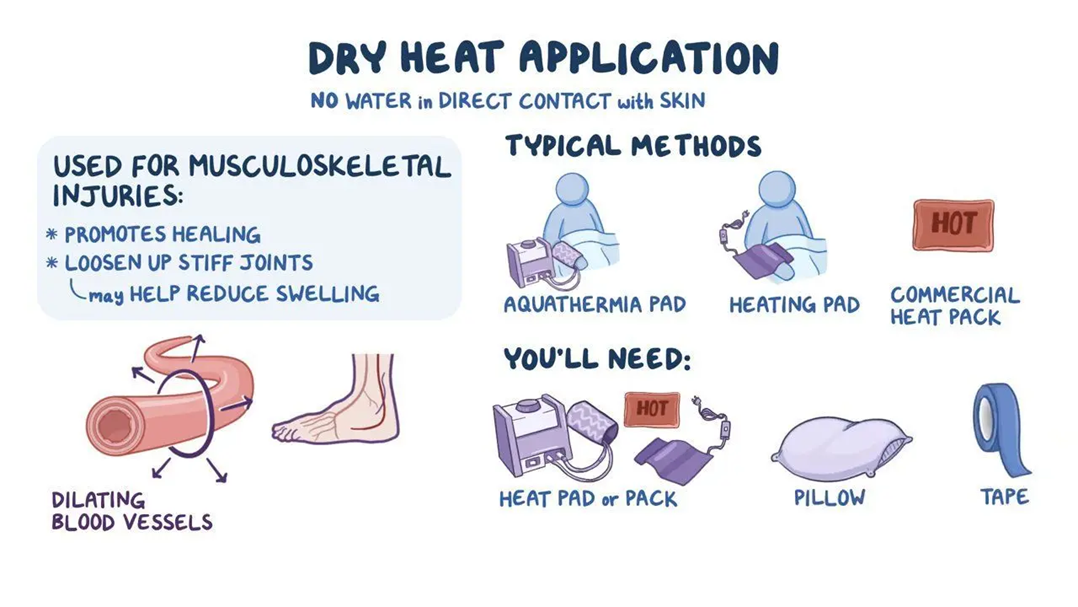A nurse is preparing to administer amitriptyline 150 mg PO at bedtime. The amount available is amitriptyline 75 mg tablet. How many tablets should the nurse administer per dose?
(Round the answer to the nearest whole number. Use a leading zero if it applies. Do not use a trailing zero.)
The Correct Answer is ["2"]
Step 1: Determine the dosage required. Required dosage = 150 mg
Step 2: Determine the dosage available per tablet. Available dosage per tablet = 75 mg
Step 3: Calculate the number of tablets needed. Number of tablets needed = Required dosage ÷ Available dosage per tablet Number of tablets needed = 150 mg ÷ 75 mg
Step 4: Perform the division. 150 ÷ 75 = 2
The nurse should administer 2 tablets per dose.
Nursing Test Bank
Naxlex Comprehensive Predictor Exams
Related Questions
Correct Answer is D
Explanation
Choice A reason: Leave the pad in place for at least 40 minutes
Leaving the aquathermia pad in place for at least 40 minutes is not recommended. The typical duration for applying an aquathermia pad is 20 to 40 minutes1. Prolonged exposure beyond this time can lead to complications such as burns or vasoconstriction, where blood vessels constrict instead of dilate, potentially increasing blood pressure and causing discomfort.
Choice B reason: Set the pad’s temperature to 42.2°C (108°F)
Setting the pad’s temperature to 42.2°C (108°F) is too high. The recommended temperature range for an aquathermia pad is generally between 40.5°C to 43°C (105°F to 109.4°F)3. Temperatures above this range can increase the risk of burns and skin damage. It is crucial to follow the manufacturer’s guidelines and institutional protocols to ensure safe and effective use of the pad.
Choice C reason: Use safety pins to keep the pad in place
Using safety pins to keep the pad in place is not safe. Safety pins can puncture the pad, causing leaks and potentially leading to electrical hazards. Instead, the pad should be secured with tape or a cloth cover to ensure it stays in place without causing damage.
Choice D reason: Stop the treatment if the client’s skin becomes red
Stopping the treatment if the client’s skin becomes red is the correct action. Redness of the skin can indicate the beginning of a burn or other skin damage. It is essential to monitor the client’s skin condition frequently during the application of heat therapy and to discontinue the treatment immediately if any signs of adverse reactions, such as redness or discomfort, are observed.

Correct Answer is B
Explanation
Choice A reason: Smallpox
Smallpox is a viral disease caused by the variola virus. It was eradicated globally in 1980 through a successful vaccination campaign. Treatment for smallpox primarily involves supportive care and antiviral medications, such as tecovirimat, rather than antibiotics like ciprofloxacin. Ciprofloxacin is ineffective against viral infections, including smallpox.
Choice B reason: Anthrax
Anthrax is a serious infectious disease caused by the bacterium Bacillus anthracis. Ciprofloxacin is one of the primary antibiotics used for the treatment and post-exposure prophylaxis of anthrax. It works by inhibiting bacterial DNA gyrase, which is essential for bacterial replication. Ciprofloxacin is effective against both cutaneous and inhalational forms of anthrax, making it a critical component in the management of anthrax exposure.
Choice C reason: Ebola virus
Ebola virus disease (EVD) is caused by the Ebola virus, a member of the Filoviridae family. Treatment for EVD primarily involves supportive care, including rehydration and management of symptoms. Antiviral medications, such as remdesivir, may also be used. Ciprofloxacin, being an antibiotic, is not effective against viral infections like Ebola.
Choice D reason: Sarin gas
Sarin gas is a highly toxic nerve agent used in chemical warfare. Exposure to sarin gas requires immediate medical intervention, including the administration of antidotes such as atropine and pralidoxime, as well as supportive care. Antibiotics like ciprofloxacin are not used in the treatment of chemical agent exposure, as they do not counteract the effects of nerve agents.
Whether you are a student looking to ace your exams or a practicing nurse seeking to enhance your expertise , our nursing education contents will empower you with the confidence and competence to make a difference in the lives of patients and become a respected leader in the healthcare field.
Visit Naxlex, invest in your future and unlock endless possibilities with our unparalleled nursing education contents today
Report Wrong Answer on the Current Question
Do you disagree with the answer? If yes, what is your expected answer? Explain.
Kindly be descriptive with the issue you are facing.
